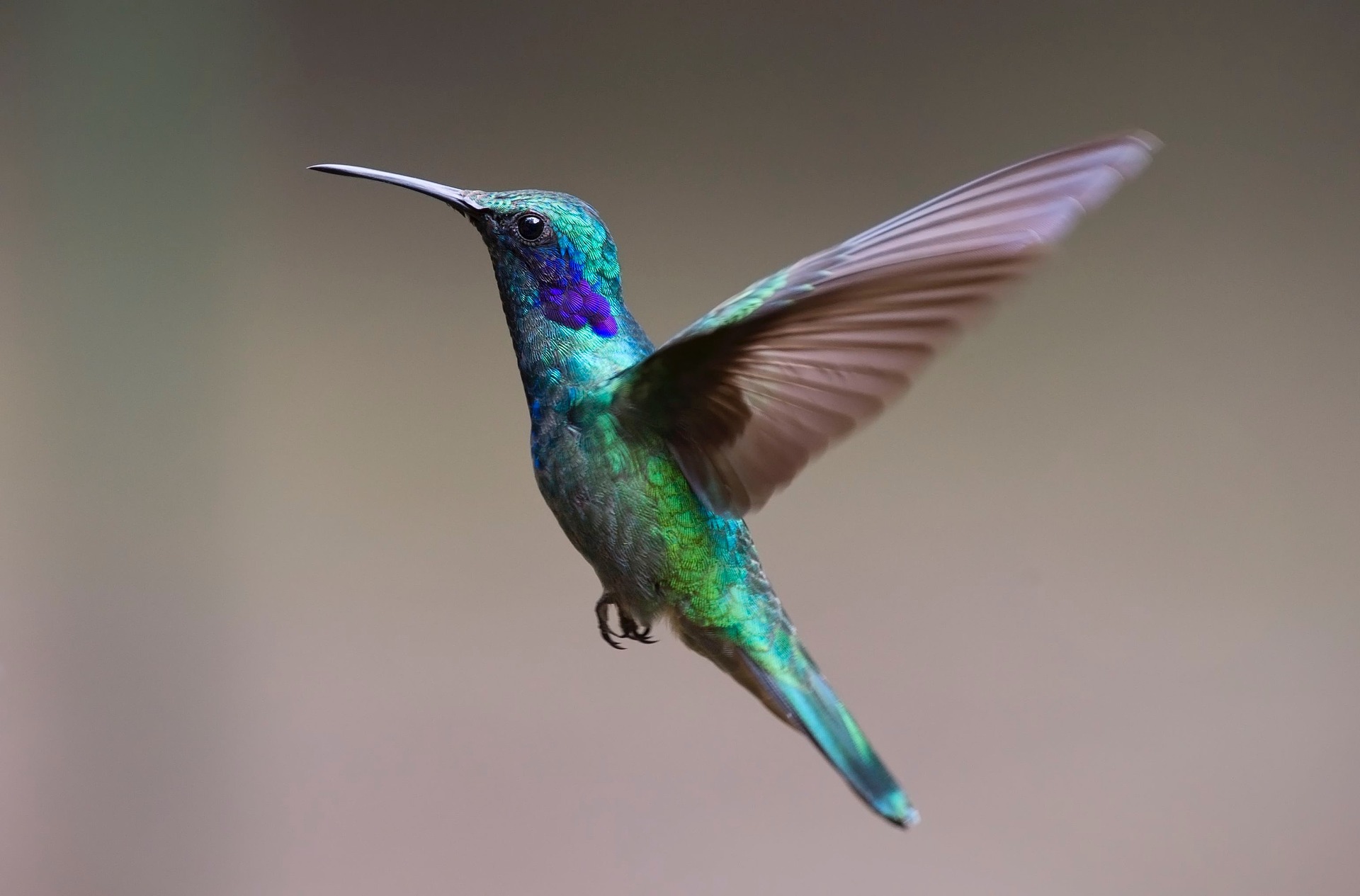A new perspective on strategy
19/01/2018

Sharing knowledge
Four times a year Cranfield’s Centre for Business Performance (CBP) invites members of its Round Table https://www.cranfield.ac.uk/som/research-clubs/the-business-performance-roundtable to meet for a discussion under Chatham House Rules. It’s an opportunity for managers and leaders of non-competing organisations to discuss performance related issues, learn from the experience of others and hear about the latest thinking on the subject. They can talk about what’s really on their minds knowing it won’t go outside the room.
Strategy…a new way of thinking
A couple of weeks ago we discussed business strategy. What more is there to say about this topic you may ask. In this fast-moving world isn’t strategy something of the past? Think again. Patrick Hoverstadt and Lucy Loh from Fractal Consulting kicked off the discussion with a presentation looking at strategy from a very different angle. Let’s start with a depressing statistic that many people will suspect anyway. Most strategy ends in a failure. Some surveys show that about 90% of strategic plans are not implemented. Just think about the wasted time and effort that has been put into plans that haven’t been followed. Why does it happen?
Hummingbirds and flowers
Traditionally we look at strategy as primarily a linear process. We devise a strategy and adapt our organisation to be able to deliver it. Patrick and Lucy showed a different approach. They gave the example of the humming bird, which has evolved to be ideally suited to drawing nectar from flowers with its long narrow beak. But it’s not only the humming bird that has evolved, flowers have adapted to enable the hummingbird to draw nectar and also pollen which they then transfer to other plants. So, humming birds and plants have developed over time to the advantage of both.
Organisations and strategy…
This idea can be transposed into the arena of organisations and strategy. Every organisation operates in an environment in which it is affected by other entities, even if not consciously. Each organisation is taken along a trajectory by the relationships they have. Each coupling exerts a different pressure on the organisation and this will affect strategy. So, the starting point is to have an honest discussion about all key external entities affecting the organisation, looking at the nature of the relationship, where that relationship is likely to take you and whether this is somewhere you want to go. This approach reveals a number of patterns for competition and collaboration, where each pattern is a sequence of manoeuvres which combine to make a strategy.
Once you have built a picture, you will have a better idea of how to position your organisation and how much and how fast you need to adapt to maintain a fit with the environment.
Want to know more?
For more information about Patrick and Lucy’s work take a look at their book Patterns of Strategy at http://www.patternsofstrategy.com/
If you would like to know more about Cranfield’s round tables and join for a trial session contact: m.bourne@cranfield.ac.uk
Categories & Tags:
Leave a comment on this post:
You might also like…
Automotive Engineering: From student to hypercar innovation at Rimac
We sat down with recent graduate Thomas Perrin, to discuss how his year on the MSc in Automotive Engineering at Cranfield University propelled him from the lecture hall directly into the ...
What this year at Cranfield really meant to me
Every Cranfield journey is unique. In this alumni reflection, Zachea Scicluna shares what her year at Cranfield truly meant, from facing uncertainty to gaining hands-on experience in industry-backed projects. I’ve been reflecting (and delaying) ...
Preparing for assignments and exams?
Sorry! We know it seems a bit mean to mention the exams in January rather than looking forward to the break before it! However, we know many of you will be thinking about your forthcoming ...
Screening for FTSE 100 companies on Bloomberg
So you’re researching an index and need some data on its constituent companies? Bloomberg’s Equity Screening tool makes light work of this, not just for the FTSE, but for indices, exchanges and sectors worldwide. Type EQS ...
Accelerating my future: How Cranfield put me on the fast track to automotive safety innovation
Hello! I’m Michaela Kaiser, and I’m thrilled to share my journey studying abroad. I’m from Calgary, Canada, and I recently graduated from Cranfield’s MSc Automotive Engineering course. My path to Cranfield ...
From Myanmar to Cranfield: My path to Renewable Energy
As someone who is passionate about sustainability, my career goal is to build a path in the renewable energy sector. My aspirations comes from the benefits of developing sustainable energy sources and ensuring energy ...






